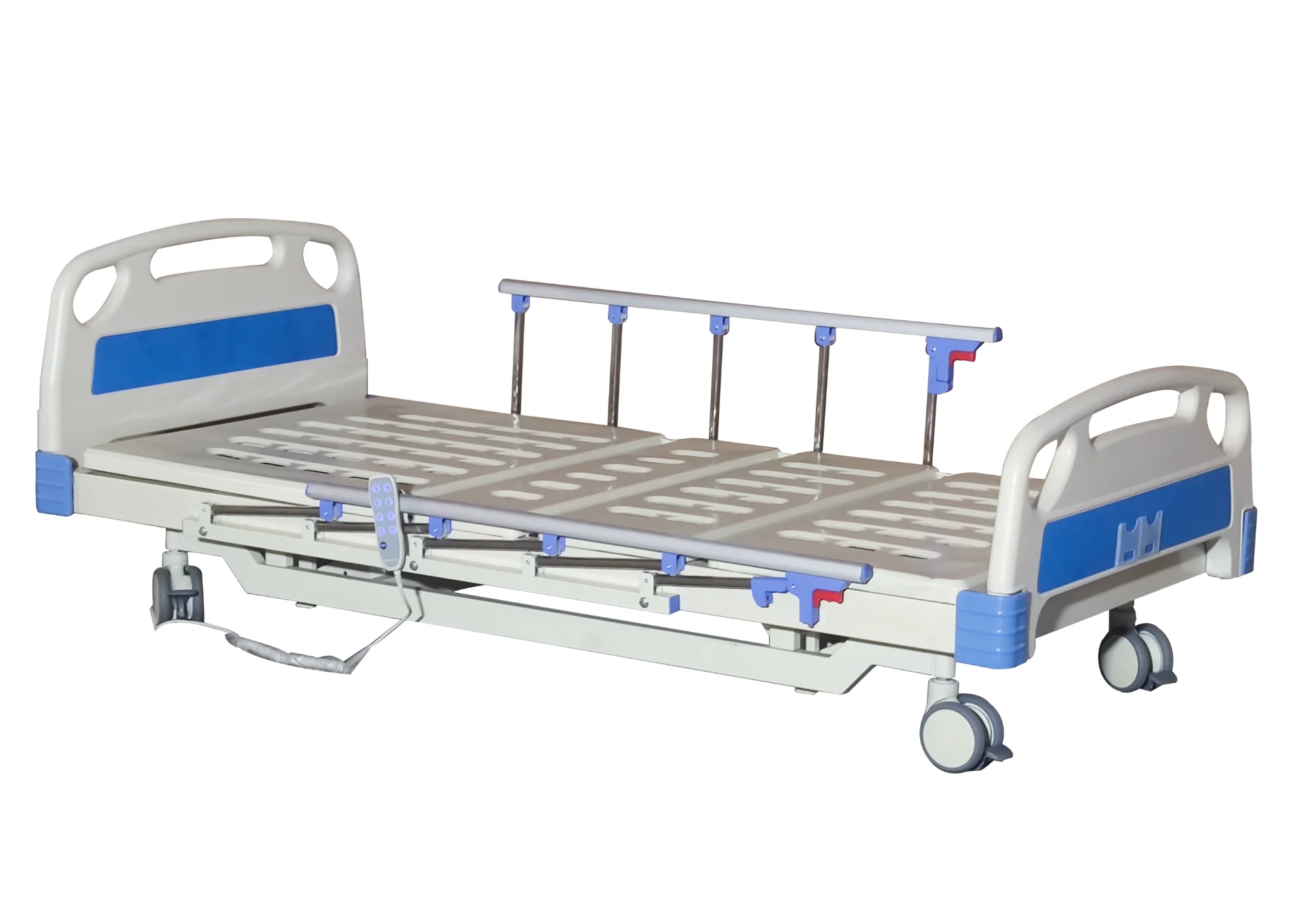Welcome to our websites!
electric wheelchair motor specification
Understanding Electric Wheelchair Motor Specifications
Electric wheelchairs have become a vital mobility solution for many individuals with disabilities or limited mobility. A key component of these wheelchairs is the motor, which drives the wheelchair and influences its overall performance. Understanding electric wheelchair motor specifications is crucial for users, caregivers, and manufacturers aiming to provide the best experience possible.
At the heart of the electric wheelchair motor specifications are a few essential parameters voltage, power output, torque, and speed. The voltage, often expressed in volts (V), indicates the strength of the electric current that powers the motor. Most electric wheelchairs operate on 24V or 36V systems. A higher voltage typically allows for greater efficiency and performance, enabling the wheelchair to handle rough terrains and inclines more effectively.
Power output, measured in watts (W), provides insight into the motor’s capability to perform work over time. A motor with a power rating of 200 to 700 watts is common in electric wheelchairs, but depending on the design and intended use, higher power motors may be necessary for users who require an enhanced performance, such as those who often navigate hilly environments.
electric wheelchair motor specification

Torque is another critical specification that measures the motor's rotational force. It is particularly important for climbing and maneuvering. Higher torque ensures that the wheelchair can navigate complex environments and handle weights without compromising speed or control. It is often measured in Newton-meters (Nm), with specifications indicating the maximum torque the motor can produce.
Speed, typically measured in kilometers per hour (km/h) or miles per hour (mph), is the final key specification that affects the overall user experience. Most electric wheelchairs have a maximum speed ranging from 4 to 8 km/h (approximately 2.5 to 5 mph). The desired speed can vary based on user preference and the intended usage scenario, such as indoor or outdoor environments.
Additional specifications may also include the motor type—brushed or brushless—and compatibility with battery systems, which can greatly affect efficiency, maintenance, and overall lifespan. While brushless motors are often favored for their durability and performance, brushed motors may still be found in some models due to their cost-effectiveness.
In conclusion, understanding these electric wheelchair motor specifications is essential for ensuring the right fit for a user’s mobility needs. By considering factors such as voltage, power, torque, and speed, users can make informed decisions that enhance their mobility, autonomy, and quality of life.
-
Transforming Healthcare with Hospital FurnitureNewsJun.24,2025
-
Rehabilitation EquipmentNewsJun.24,2025
-
Mobility and Independence with WheelchairsNewsJun.24,2025
-
Freedom of Mobility with Our Rollator WalkersNewsJun.24,2025
-
Comfort and Independence with Commode ChairsNewsJun.24,2025
-
Bathing Safety and Independence with Shower ChairsNewsJun.24,2025
-
Navigating the Wholesale Landscape of Electric Mobility Solutions: Key Considerations for Power Wheelchair DealersNewsJun.10,2025











